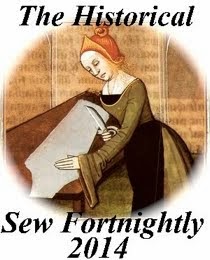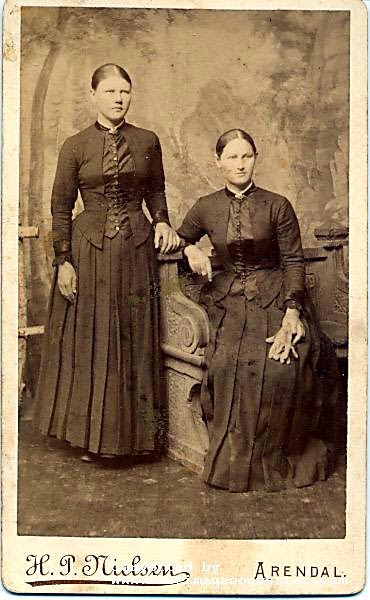 A "cream tea," not "high tea!"
A "cream tea," not "high tea!" Tea, as an event, rather than just a beverage, is becoming more and more popular in the United States, due to the fast-paced, ultra-practical nature of most 21st century life. Setting aside some time to socialize and relax over an elegant and beautiful assortment of snacks and sweets is an excellent way to stave off the adverse effects of stress, and good practice in “being civilized,” something that is noticeably missing from many aspects of modern society.
Having a cup, or pot, of tea as part of a daily break from the normal routine, has been a traditional part of life in many countries of the world. These "tea times", especially in England and the former British countries, have their own vocabulary that has become the standard when talking about Western-style tea culture. Unfortunately, many people don’t understand the different terms, and confusion results. Even tea business owners have been known to use the terminology incorrectly, treating the words as if they’re interchangeable. So we need a vocabulary: what is tea, anyway?
Tea: the beverage prepared with leaves from the tea plant. It can be served hot or iced, in innumerable varieties, flavors, or blends, and at any time of day. It is usually served
black (without any additions),
white (with milk, or milk and sugar), with sugar or honey, with lemon, or with both lemon and a sweetener. Tea contains caffeine, unless it has been decaffeinated.
If the beverage that you are drinking does not contain actual tea leaves, then it is not tea. It is something called a tisane, also known as an “herbal tea.”
Tisane: an herbal infusion made with culinary herbs, edible flowers, fruits, and/or spices, but no tea leaves. It can be served hot or iced, with or without sweetener, but usually not with milk. The most popular tisanes contain citrus, fruit, or another tangy ingredient that will actually curdle any milk it touches! Most tisanes are naturally decaffeinated. Certain tisanes can be taken as home remedies.
And now we come to the English-style “tea-time” vocabulary, indicating a break in the day in between the regular breakfast, lunch, and dinner hours. Anytime someone sits down with a cup of tea, it can be called "tea," but here are the time-specific terms to use when the time of day matters, like when inviting someone to join you:
Elevenses: a small mid-morning snack of a cup or mug of tea and a cookie or two, or some bread and butter, or toast and jam. A quick, casual event, like a coffee break, it does not require utensils like a fork and knife. Traditionally taken around 11 a.m.
Afternoon tea: a mid-afternoon snack, consisting of tea, served hot or iced, with bread and cake. “Bread and cake” is most often interpreted to mean scones with jam, sandwiches, and small cakes or bite-sized pastries, again, not requiring a knife and fork. If several sandwiches or “savories” are included on the menu, it can substitute for lunch, but everything must still be bite-sized and dainty.
Cream teas are a variety of afternoon tea, prominently featuring whipped cream, clotted cream, and dairy-rich pastries. Afternoon teas can be simple or elaborate affairs. Traditionally served between 2 and 4 p.m., "afternoon tea" is what most people picture when they think about having a tea party.
High tea: often mistaken for afternoon tea, or a fancier version of it, high tea is actually a hearty evening supper. It is often served buffet-style, with meat pies, cheese, fruit, and other filling foods, requiring the use of a fork, knife, and spoon to eat. Traditionally served between 5 and 7 p.m., it began its existence as the early evening supper of the working classes after a long day in the fields, factories, mines or shops.
Many American tea parlors have created their own, non-traditional, take on afternoon tea by adding bowls of soup, plates of salad, quiche, raw fruits and vegetables, and heavier desserts like cheesecake, and giving it the name "high tea." While these meals are served between 2 and 4 p.m. like afternoon tea, and contain heartier foods like high tea, we can see that they are neither. They are, instead, a new kind of tea meal, and I think they should have their own term: how about
American tea?




























































